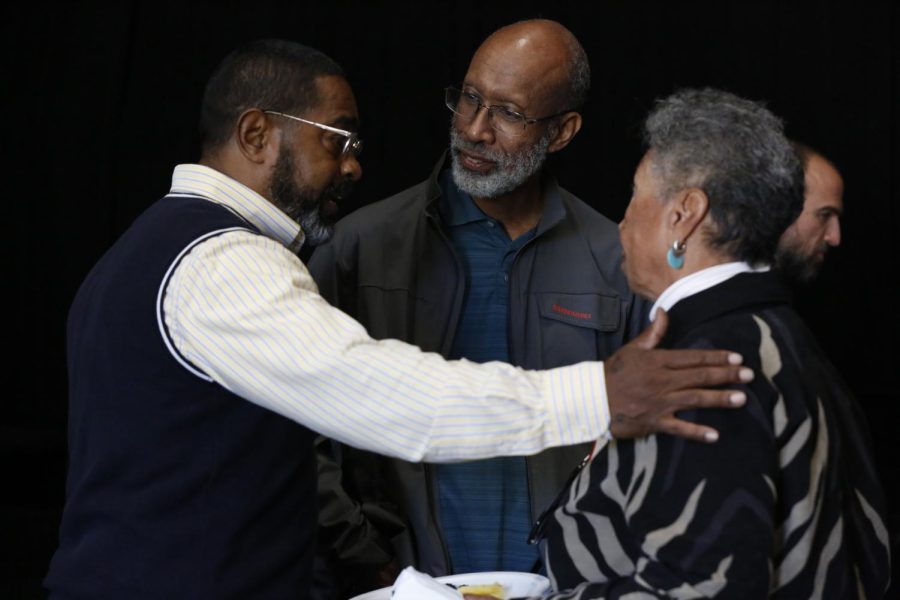Jones Elementary alumni shares her time in Ann Arbor after desegration
“In the 1960s, the court-ordered desegregation, where they made children responsible for segregating the schools and didn’t ask about the adults.”
Shirley Beckley, a Jones Elementary alumni, came to Community High School to share her time in Ann Arbor after the desegregation court order.
Beckley educated students about a program called Urban renewal and Model cities, which were significant contributors towards segregation. Most government agencies carried out their vision of urban renewal by destroying black neighborhoods.
“They call them blighted,” Beckley said. “They call them run down. They called them impoverished, and they ended up dispersing millions of families that lived in Ann Arbor, Detroit, Chicago, Baltimore, and Los Angeles.”
Urban renewal’s way of “renewing” the city was by mowing down black neighborhoods. In doing this, they removed the town’s true history. They threatened the community by telling people that they either had to pay increased rent or they’d get evicted. Beckley refused to pay; that was her house. She fought as the town she knew and grew up in was being ripped from underneath her. In an effort to evict her, police knocked to hand her the notice, but she didn’t answer. Eventually, they went to her place of work, but she was able to slip out the back door and avoid them, leading her to be able to keep her house. She had won, but at the same time, she didn’t. The entire community was changing as they demolished the homes that once stood.
Constantly fighting to keep their homes, urban renewal was not the first attempt at taking Ann Arbor away from the Black community. Before Urban renewal companies began their quest to destroy black communities and their history, there was an issue called the Packard Feekes Bypass – a plan to cut right through downtown Ann Arbor and build an expressway. In anticipation of this construction, they eventually bought out Beckley’s neighborhood, displacing her and other families.
“It was a black neighborhood — it was expandable for that reason,” Beckley said.
In the end, the expressway was never built. The Mayor at the time vetoed the construction because it was too much change. While this decision was good for the environment, nothing can justify forcing people out of their homes for essentially no reason.
As she travels through Ann Arbor now, she can’t help but be upset at what happened. But with a newfound hope, she recognizes and appreciates the steps people in Ann Arbor are trying to take to preserve the black history of Ann Arbor.
“It’s progress, but I wish they included the black community that was once here more,” Beckley said. “There can’t be progress if you don’t include the people that were once here. We lived here. We are a great resource.”













